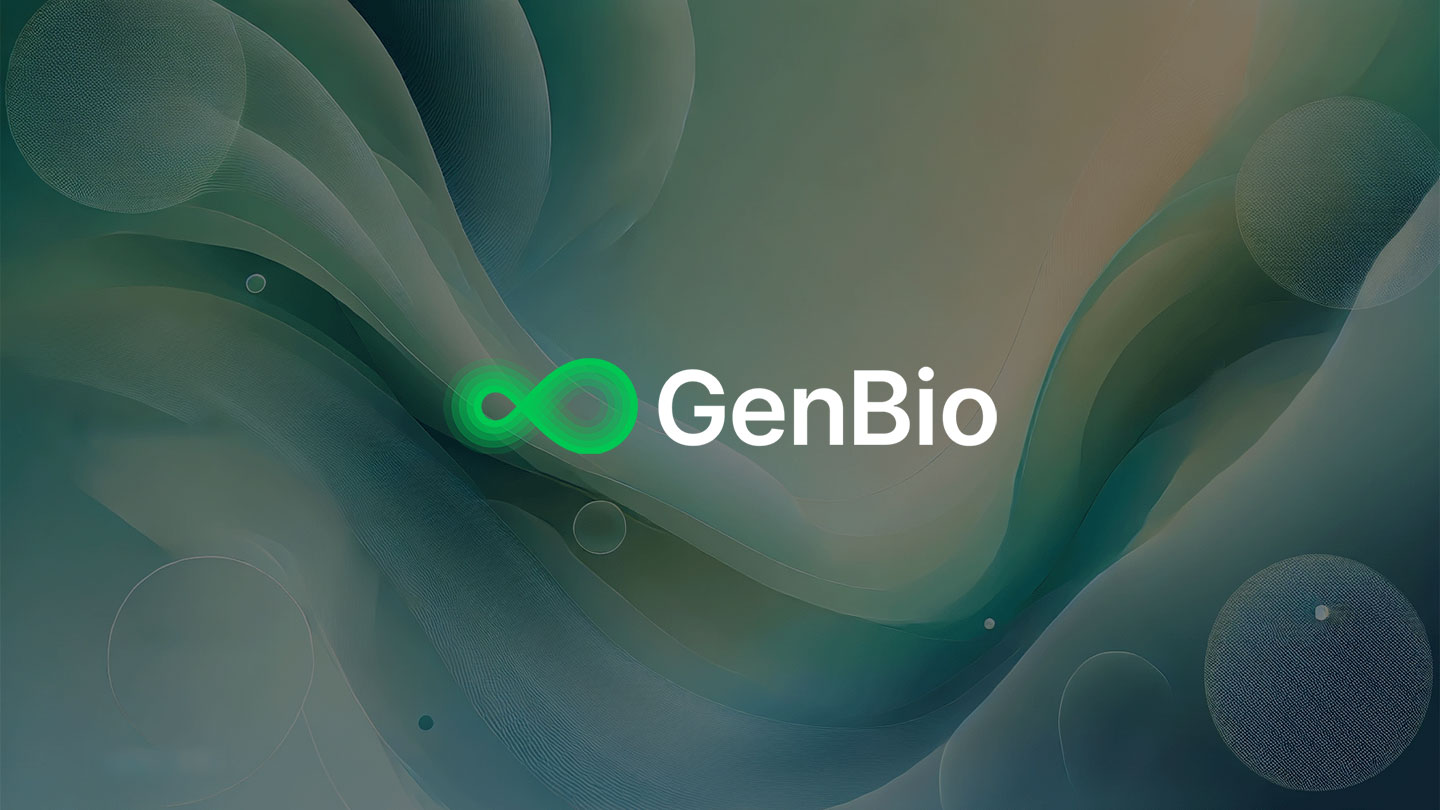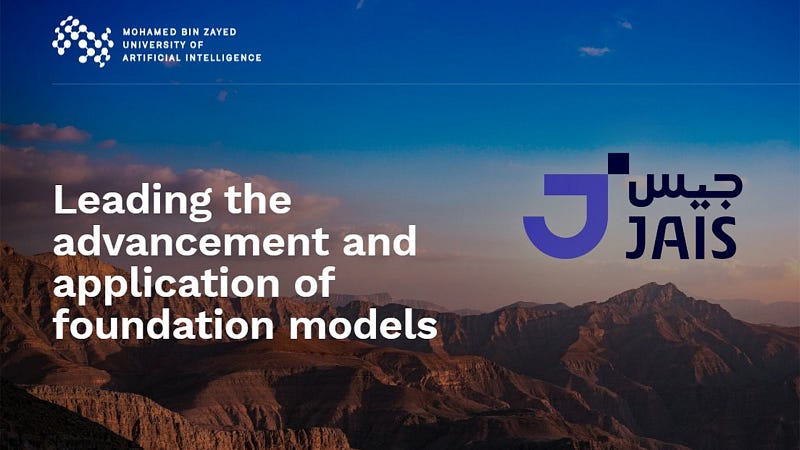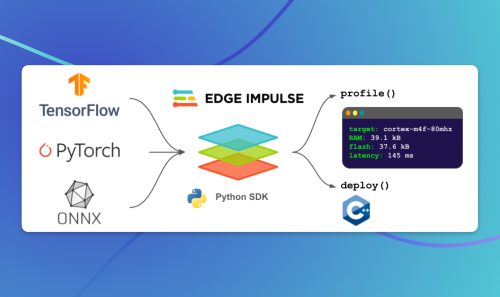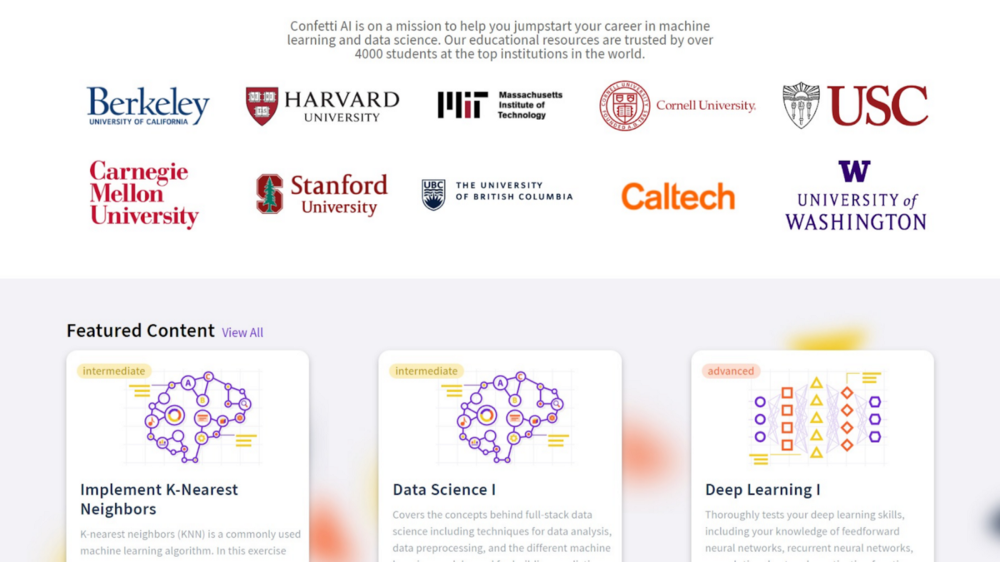
Transforming Biology with Generative AI: Unveiling GenBio AI’s State-of-the-art Multiscale Models
Last Updated on December 19, 2024 by Editorial Team
TL;DR: GenBio AI is advancing biology with Generative AI by developing AI-Driven Digital Organisms (AIDO). The AIDO system integrates multiscale foundation models for DNA, RNA, proteins, and cellular systems, allowing researchers to simulate, predict, and program biological outcomes from molecular to systemic levels. These tools aim to transform drug discovery, disease understanding, and personalized medicine, setting the stage for a new era in biological research.
Advancing Biology with Generative AI: Inside GenBio AI’s AI-Driven Digital Organism
Biology is entering an era where artificial intelligence is redefining the way we approach research and discovery. Leading this transformation is GenBio AI with its groundbreaking AI-Driven Digital Organism (AIDO), an integrated system of multiscale foundation models that enables researchers to simulate, program, and predict complex biological outcomes. AIDO addresses critical challenges in medicine, biotechnology, and life sciences by unifying insights across molecular, cellular, and systemic levels.
Professor Eric Xing, Co-Founder and Chief Scientist of GenBio AI, underscores the ambition behind AIDO:
“GenBio will usher in a new era of medical and life science—through a paradigm shift powered by next-generation Generative AI technology beyond what has already brought us disruptive results such as ChatGPT. Our transformative technology allows biological data of all types and scales to be utilized to distill holistic and comprehensive knowledge of how living systems work. Therefore, multiscale biological complexities are no longer barriers but opportunities for breakthrough insights.”
Moving Beyond Silos with AIDO
Traditional biological models often operate in isolation, analyzing narrow datasets like DNA or proteins without integrating broader system interactions. AIDO disrupts this approach by creating a cohesive framework where modular models interact seamlessly, enabling a comprehensive understanding of biology as an interconnected system.
Key Features of AIDO:
- Multitasking Efficiency: Handles up to 300 tasks simultaneously, surpassing the one or two tasks most current systems manage.
- Interoperable Modules: Models for DNA, RNA, proteins, single cells, and evolutionary data work in concert, addressing the siloed nature of traditional approaches.
- Comprehensive Data Utilization: Incorporates diverse biological data types, from sequences to structures, providing unprecedented insight into complex systems.
By bridging biological scales, AIDO equips researchers with tools to analyze interactions across molecular, cellular, and organismal levels.
Breaking Down the AIDO Foundation Models
GenBio AI’s first phase of AIDO introduces six foundational models, each designed to tackle specific biological challenges:
- AIDO-DNA: A 7-billion-parameter model trained on data from 796 species, offering advanced insights into genomic structure and function.
- AIDO-RNA: The largest model of its kind with 1.6 billion parameters, tailored for RNA structure prediction, genetic regulation, and vaccine design.
- AIDO-Protein: A computationally efficient model that facilitates exploration of protein functionality, essential for drug discovery.
- AIDO-Single Cell: Processes entire human transcriptomes without truncation, uncovering complex cellular dynamics with precision.
- Protein Structure Model: Focuses on three-dimensional protein modeling, uncovering relationships between structure and biological activity.
- Evolutionary Information Model: Provides insights into molecular evolution, connecting genetic data across species.
These models not only excel individually but also operate as an integrated system, making AIDO a comprehensive toolkit for biological research. You can download them on GitHub or Hugging Face.
Transformative Applications of AIDO
AIDO’s real-world applications are poised to address some of the most pressing challenges in medicine and biotechnology:
- Accelerating Drug Discovery
Traditional drug development is costly and time-intensive, often with high failure rates. AIDO allows researchers to simulate and test millions of potential compounds in hours, drastically reducing both time and costs. - Advancing Personalized Medicine
Adverse drug reactions remain a leading cause of mortality worldwide. By creating digital patient twins, AIDO supports the design of personalized treatments that reduce risks and improve therapeutic outcomes. - Understanding Complex Diseases
From cancer to neurodegenerative disorders, many diseases involve systemic interactions. AIDO’s multiscale approach equips researchers to study these mechanisms and identify new pathways for intervention.

Global Expertise, Global Impact
GenBio AI’s achievements are the result of a collaborative effort among world-renowned scientists and institutions. Headquartered in Palo Alto, with labs in Paris and Abu Dhabi, the company’s team includes experts from Carnegie Mellon University, Stanford, the Weizmann Institute of Science, and MBZUAI. These partnerships have resulted in six peer-reviewed papers presented at NeurIPS, showcasing the rigorous research behind AIDO.
Professor Eran Segal of the Weizmann Institute of Science highlights the significance of this work:
“GenBio AI’s six multiscale foundation models are a leap forward in our ability to understand and predict biological phenomena. We now have the capacity to uncover systemic insights into how organisms function. This is transformative for genomics research, where the ability to simulate and program at multiple scales opens new avenues for precision medicine and disease intervention.”
Professor Fabian Theis of Helmholtz Munich adds:
“GenBio AI’s achievement in creating scalable state-of-the-art models on multiple scales is a game-changer. This technology not only accelerates our ability to explore cellular dynamics but also bridges the gap between molecular and systems biology, unlocking unprecedented opportunities for disease modeling and therapeutic innovation.”
Explore the Research:
- Toward AI-Driven Digital Organism: A System of Multiscale Foundation Models for Predicting, Simulating and Programming Biology at All Levels
- Accurate and General DNA Representations Emerge from Genome Foundation Models at Scale
- Mixture of Experts Enable Efficient and Effective Protein Understanding and Design
- Balancing Locality and Reconstruction in Protein Structure Tokenizer
- Retrieval Augmented Protein Language Models for Protein Structure Prediction
- A Large-Scale Foundation Model for RNA Function and Structure Prediction
- Scaling Dense Representations for Single Cell with Transcriptome-Scale Context
The Road Ahead
The development of AIDO represents just the beginning of GenBio AI’s roadmap. The company envisions deeper integration between foundational models in future phases, expanding the system’s utility for synthetic biology, environmental sustainability, and longevity research.
Dr. Le Song, Co-Founder and CTO of GenBio AI, encapsulates the vision:
“What we have built is revolutionary because our integrated system will use these state-of-the-art models to create interactive digital versions of biological systems that can be safely experimented on and precisely modified. This technology lets us program biology the way we program computers, opening up possibilities we’ve never had before in medicine and biotechnology.”
As AIDO evolves, it promises to reshape how we approach biological research, offering scientists the tools to address complex challenges with precision and efficiency. For researchers working in genomics, drug development, or systems biology, AIDO provides a unified platform to tackle the most ambitious questions in life sciences.
GenBio AI is setting the stage for a future where biology is not just observed but actively designed and improved.
Source: GenBio AI Releases Phase 1 of World’s First Digital Organism to Transform Medical Research
Take our 90+ lesson From Beginner to Advanced LLM Developer Certification: From choosing a project to deploying a working product this is the most comprehensive and practical LLM course out there!
Towards AI has published Building LLMs for Production—our 470+ page guide to mastering LLMs with practical projects and expert insights!

Discover Your Dream AI Career at Towards AI Jobs
Towards AI has built a jobs board tailored specifically to Machine Learning and Data Science Jobs and Skills. Our software searches for live AI jobs each hour, labels and categorises them and makes them easily searchable. Explore over 40,000 live jobs today with Towards AI Jobs!
Note: Content contains the views of the contributing authors and not Towards AI.















